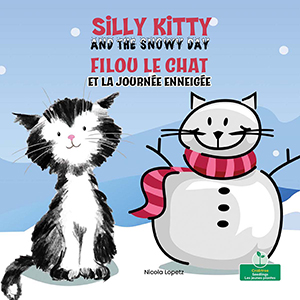Browse Our Books
You can browse our books easily with any of the following filters, hover over the filters or their titles to see their descriptions.
Reading Level
Categories
Or you can use quick search or switch to advanced search for better results...
Search Results (Found 4582 results)
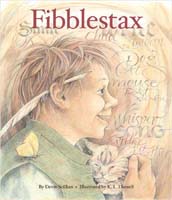
Fibblestax
So begins the delightful fable of Fibblestax, and how he came to be the one who names everything. He has to battle the tricky, red-faced Carr, a man who "gives terrible names to wonderful things." The mayor of their town gives them five things to name, and the final one, "that very strange feeling, a dreamy kind of cheer/the feeling that makes you feel so good when a special friend is near" stumps Carr. But, Fibblestax knows that feeling...With soft, intricately detailed illustrations to accompa
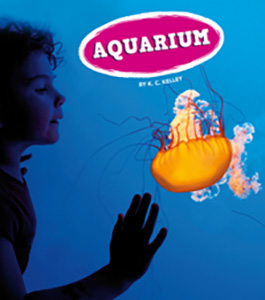
Field Trips, Let's Go!
Why wait for the school to organize a field trip? These books are ready for a field trip every day! This beginning reader series takes students to familiar places for behind-the-scenes tours. Read about the people who work there and explore things kids love. Carefully chosen vocabulary blends with site-specific photos for a series of very special trips from the comfort of the couch!
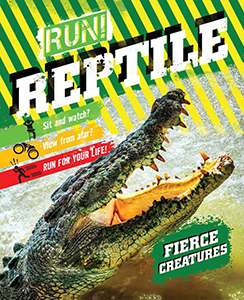
Fierce Creatures
Go face-to-face with some of the world's scariest animals and decide: will you sit and watch, view from afar, or run for your life? The series to engage lovers of fierce and dangerous animals.

Fierce Jobs (Dash! Level 2)
Most people arrive at their tidy desks at 8 am each day, and others jump out of airplanes to rescue others or face violent seas to catch giant fish. Each title in this series will introduce a fierce job, the people who take it on, and what each day might entail. This series is at a Level 2 and is written specifically for emerging readers. Aligned to Common Core standards & correlated to state standards
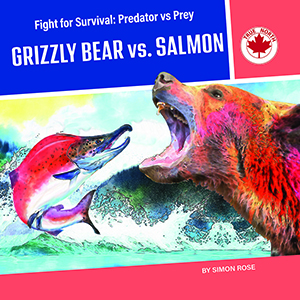
Fight for Survival: Predator vs Prey (True North) 

Animal adaptations help animals stay alive by protecting them from predators or making it easier to catch prey. Each book in the Fight for Survival: Predator vs Prey series profiles the habitat, diet, appearance, and behaviours of one predator and one prey. Readers will explore the hunting adaptions of the predator animal and the defense adaptions of the prey as it fights to survive. Beautiful photos and a variety of infographics will aid learning.

Fighting Climate Change With Science (Navigator)
With the climate emergency becoming ever more urgent, changes are needed in nearly all parts of society. Thankfully, scientists and engineers have already developed most of the solutions needed to mitigate and adapt to the crisis. This eight-book series provides a thorough overview of how science is helping fight climate change.

Filou le chat (Les jeunes plantes) 
Les enfants adoreront le personnage de Filou le chat dans ces adorables histoires illustrées. Conçue pour les enfants pré-lecteurs et les nouveaux lecteurs, cette série amusante raconte les tentatives de Filou le chat pour ne pas s’attirer d’ennuis pendant que son humaine, Emma, est occupée. Des phrases courtes et simples accompagnent des illustrations charmantes. On y trouve également une page à l’intention des enseignants, des parents et des gardiens qui suggère des questions d’orientation vis
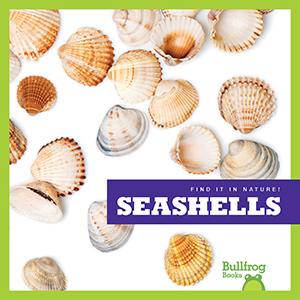
Find It in Nature! (Bullfrog Books) 
Can you tell a bear track from a turkey track? Can you tell an oak tree from a maple tree? Readers will learn to identify different forest animal tracks, flowers, trees, and mushrooms in this fun, interactive series! Carefully levelled text provides defining details for each animalÎs tracks, plant, or fungi, while accompanying photos show identifying features. A comprehensive back matter feature quizzes readers, asking them to match each set of tracks with its animal owner or plants and mushroom
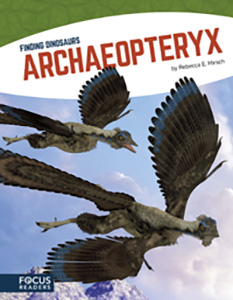
Finding Dinosaurs (Navigator)
Finding Dinosaurs invites readers to explore the prehistoric world the way scientists do-by examining the fossils that have been left behind. Each book highlights important discoveries related to a specific dinosaur, focusing on what the dinosaur looked like, the world in which it lived, and what led scientists to these conclusions.
